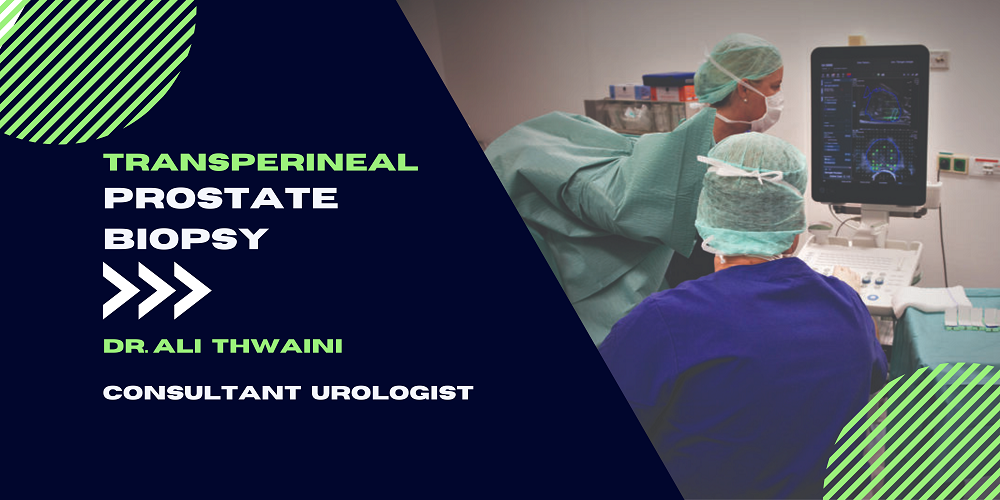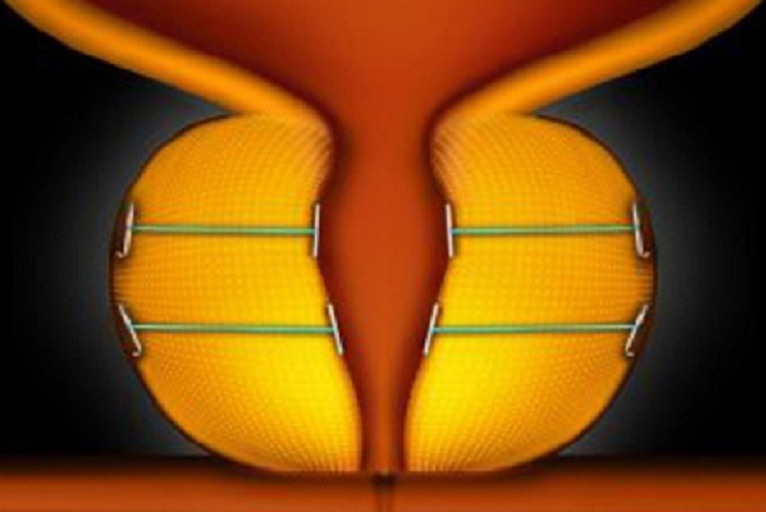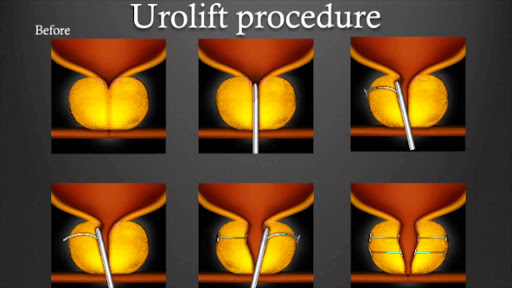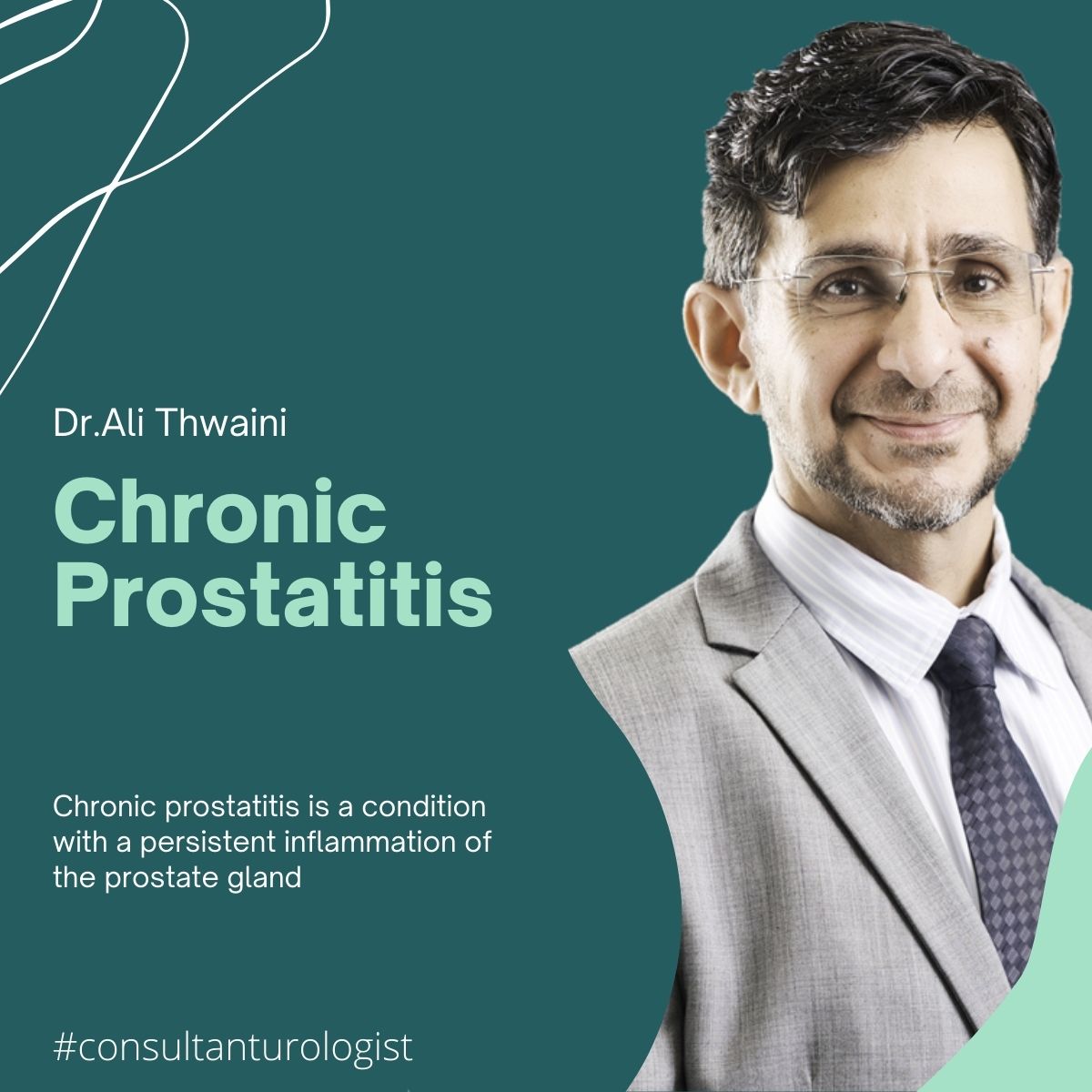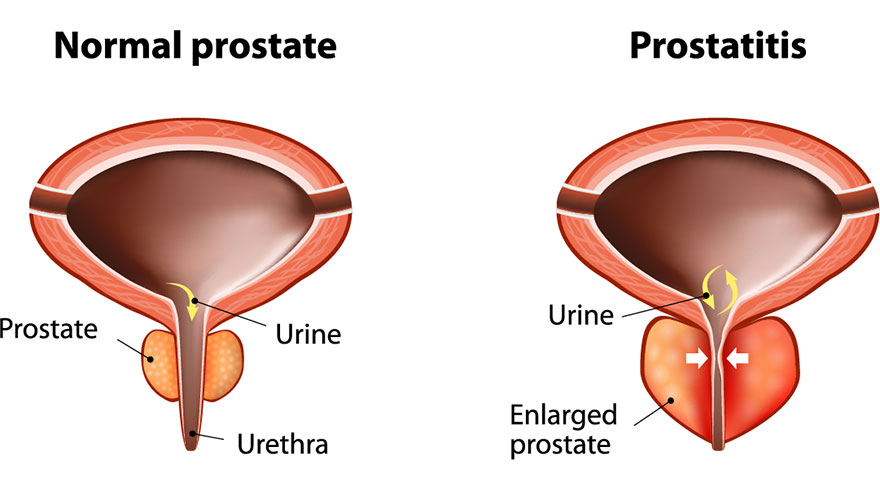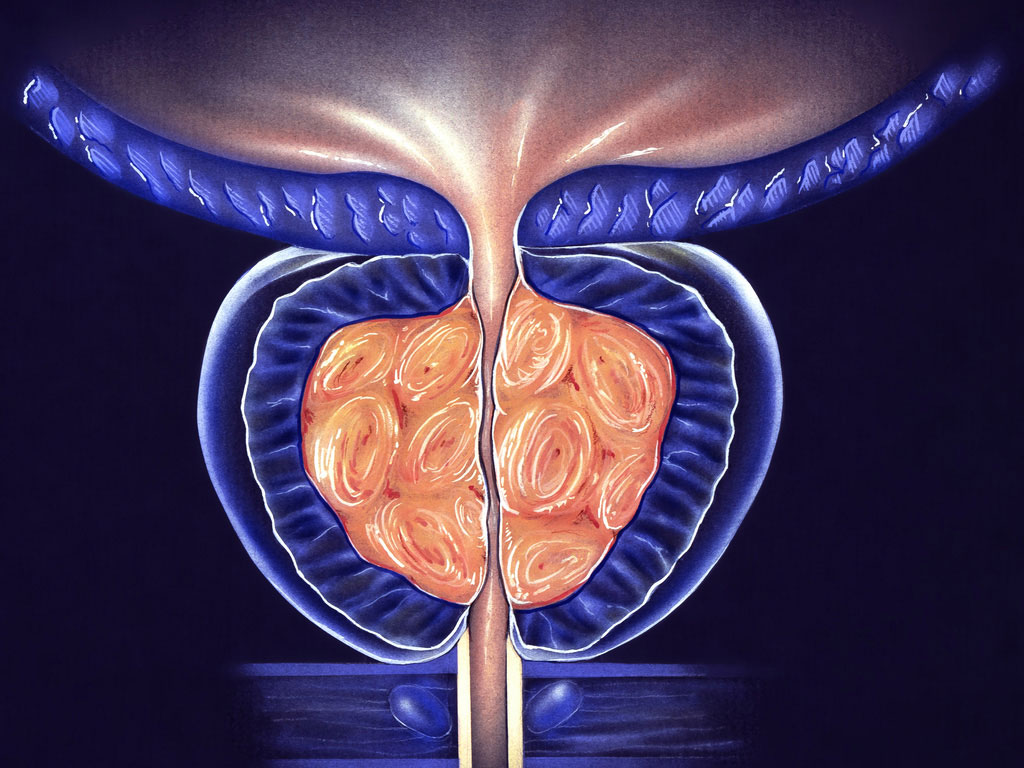Authors: S.Mustafa, W.Elabroni, A.McAdam,S. Elamin A.Thwaini
Urology Department, Belfast Health and Social Care Trust. United Kingdom
Accepted at the ANNUAL MEETING OF THE IRISH SOCIETY of UROLOGY (ISU)
Friday 23 and Saturday 24 September 2022
Introduction
Prostate cancer is the most common cancer in men with around 47,500 men in the UK diagnosed every year. Diagnostic approaches have evolved throughout the years, with a shift from transrectal (TRUS) biopsies to transperineal (TP) for various reasons. This study focuses on the patient experience of these procedures.
Method
We evaluated men who underwent prostatic biopsies between January 2019 and April 2020. 110 underwent local TP biopsy with a previous history of local TRUS biopsy. We used a modified validated patient-related outcome measure for our questionnaire for our cohort.
Results
The response rate was 78% (N=86). Overall, the majority of respondents (77%) prefer TP over TRUS biopsy. A large proportion, 86%, found TP to be a “minor- moderate procedure” with only 14% viewing it as a “major but tolerable under local anesthetic”. In terms of pain with TP biopsy, 22% of the respondents found the procedure to be completely painless, 43% experienced a little amount of pain, 29% found it to be somewhat painful, and 6% experienced a lot of pain during the procedure. 50% would not have a problem with undergoing a further TP biopsy in the future. Only 9% felt that it would be a major problem for them to undergo further procedures.
Conclusion
Our study demonstrates, that Transperineal Prostate biopsy appears to be preferable with patients having undergone both procedures; with the majority experiencing little or no pain with TP biopsies and a large proportion describing it as a “minor- moderate procedure” that they would not mind undergoing again if needed.

